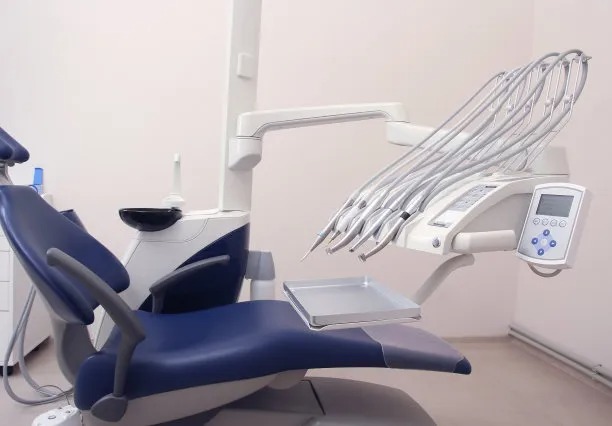The Essential Steps to Successfully Extract a Tooth and Ensure a Smooth Recovery Process
Summary: Tooth extraction is a common dental procedure that, when performed correctly, can lead to a smooth and successful recovery. This article outlines essential steps to prepare for the extraction procedure, guidelines for the actual extraction, post-extraction care, and signs of potential complications to watch for during recovery. By following these steps, patients can minimize discomfort and speed up the healing process, ensuring an efficient transition back to regular oral health. Each step is critical in managing a patient’s overall dental experience and ensuring their long-term well-being.
1. Preparing for the Tooth Extraction Procedure

Preparation for a tooth extraction is crucial for ensuring that the process goes smoothly. One of the first steps is to consult with a dentist or oral surgeon to determine if an extraction is necessary. During this consultation, the dentist will assess the teeth and take X-rays to visualize the roots and surrounding bone structure, helping to plan the extraction effectively.
Additionally, it’s essential for patients to disclose their full medical history, including any medications they are currently taking, allergies, or other health conditions. This information helps the dental professional manage any potential complications during the extraction procedure.
Patients should also prepare mentally and physically for the day of the extraction. Staying hydrated and eating a light meal beforehand can help minimize anxiety and ensure that the body is in good condition to handle the procedure.
2. Understanding the Tooth Extraction Procedure
During the tooth extraction itself, the dentist will administer a local anesthetic to numb the area around the tooth. In some cases, sedation may be provided to help patients relax, particularly if they experience significant anxiety. Once the anesthesia takes effect, the dentist will gently loosen the tooth using specialized tools.
It’s important for patients to understand that they may hear sounds and feel pressure, but they should not experience pain during the extraction. The dentist will work carefully to remove the tooth while minimizing trauma to the surrounding gums and bone.
After the tooth is removed, the dentist will clean the extraction site and may place stitches if necessary. They will also provide instructions for post-operative care to ensure a smooth recovery.
3. Post-Extraction Care for Optimal Recovery
Proper post-extraction care is vital for a successful recovery. Patients are typically advised to bite down on a gauze pad placed over the extraction site for about 30 to 45 minutes to help control bleeding. After that, it’s important to follow specific instructions regarding dietary restrictions. Soft foods and plenty of fluids are recommended for the first few days.
Additionally, patients should avoid using straws, spitting, or vigorous rinsing, as these actions can dislodge the blood clot that forms in the socket, leading to complications like dry socket. Resting for the first 24 hours and avoiding strenuous activity is also critical for recovery.
Pain management is often necessary in the days following the procedure. Over-the-counter pain relievers can help alleviate discomfort, but patients should always follow their dentist’s recommendations regarding medication for pain and swelling.
4. Recognizing Complications After Extraction
While most tooth extractions heal without issue, it’s essential for patients to be vigilant about signs of complications. One common concern is dry socket, which occurs when the blood clot dislodges prematurely, exposing the underlying bone. Symptoms often include severe pain that may radiate to the ear or jaw, along with a foul taste in the mouth.
In case of excessive bleeding, severe pain that doesn’t subside, fevers, or unusual swelling that worsens after a few days, patients should contact their dentist immediately. These symptoms could indicate an infection or other complications that may require further attention.
Lastly, following up with the dentist for any scheduled check-ups is essential to ensure that healing is progressing as expected and to address any concerns that may arise.
Summary:
Tooth extraction, while often necessary, does require careful consideration and preparation to ensure success and a smooth recovery. By adequately preparing for the procedure, understanding what to expect during extraction, adhering to stringent post-operative care guidelines, and recognizing any signs of complications, patients can enhance their dental health experience positively. Each step is integral to achieving a successful outcome and ensuring long-term oral health.
This article is compiled by Vickong Dental and the content is for reference only.



